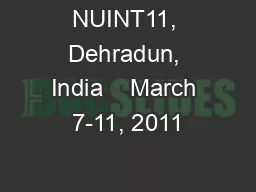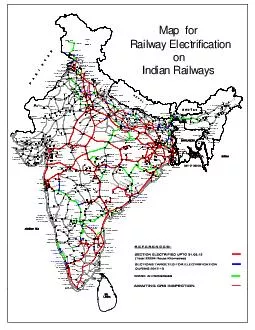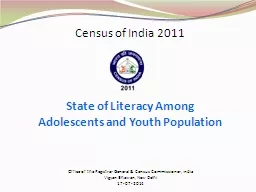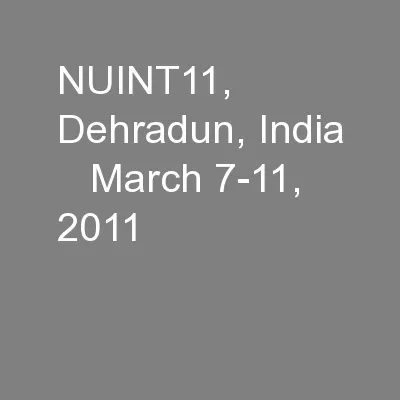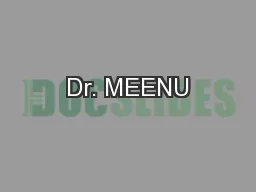PPT-NUINT11, Dehradun, India March 7-11, 2011
Author : mitsue-stanley | Published Date : 2016-05-27
S Manly University of Rochester 1 eA pion production at CLAS aimed at neutrinos S Manly amp Hyupwoo Lee University of Rochester Department of Physics and Astronomy
Presentation Embed Code
Download Presentation
Download Presentation The PPT/PDF document "NUINT11, Dehradun, India March 7-11, ..." is the property of its rightful owner. Permission is granted to download and print the materials on this website for personal, non-commercial use only, and to display it on your personal computer provided you do not modify the materials and that you retain all copyright notices contained in the materials. By downloading content from our website, you accept the terms of this agreement.
NUINT11, Dehradun, India March 7-11, 2011: Transcript
Download Rules Of Document
"NUINT11, Dehradun, India March 7-11, 2011"The content belongs to its owner. You may download and print it for personal use, without modification, and keep all copyright notices. By downloading, you agree to these terms.
Related Documents

